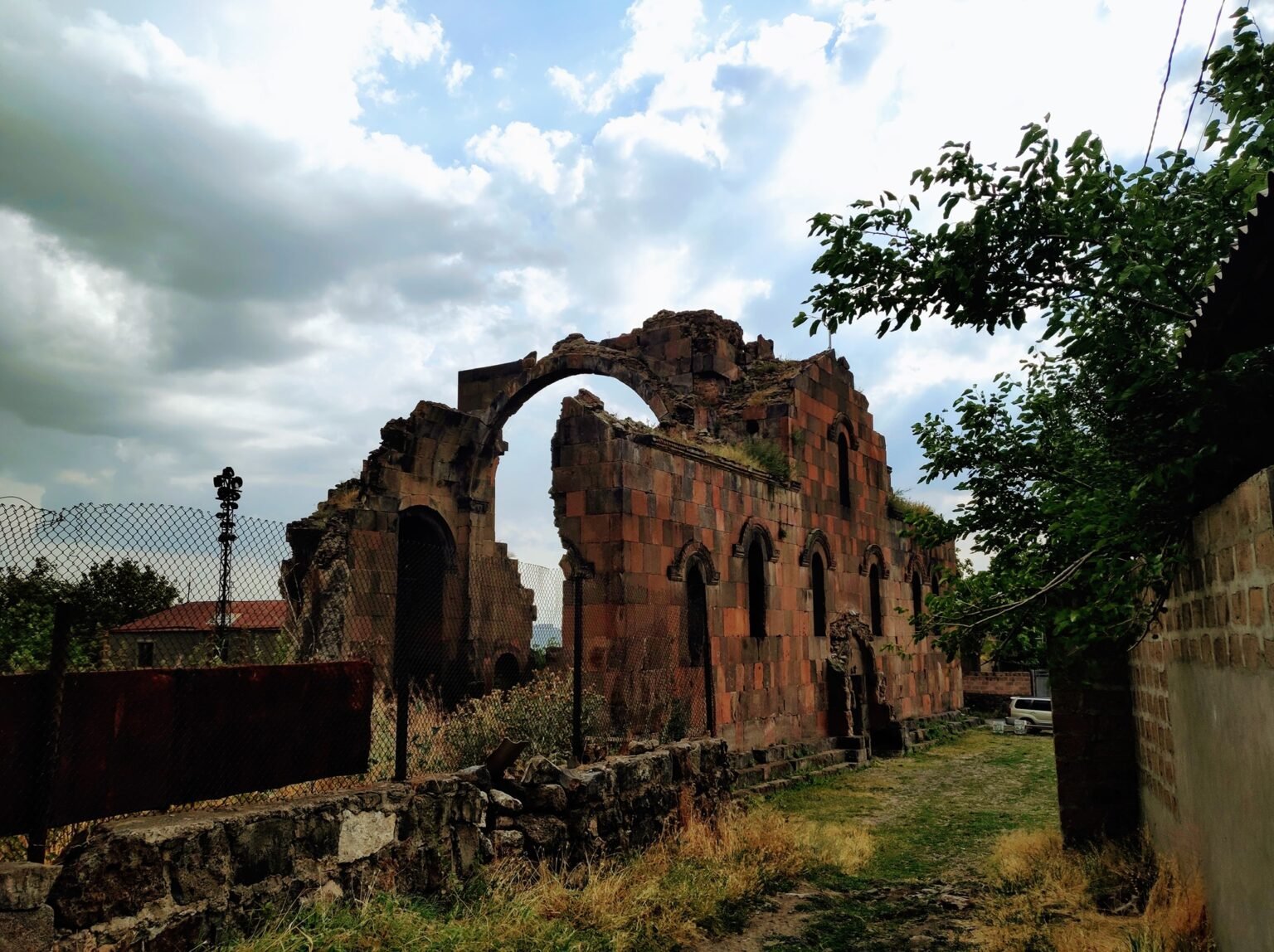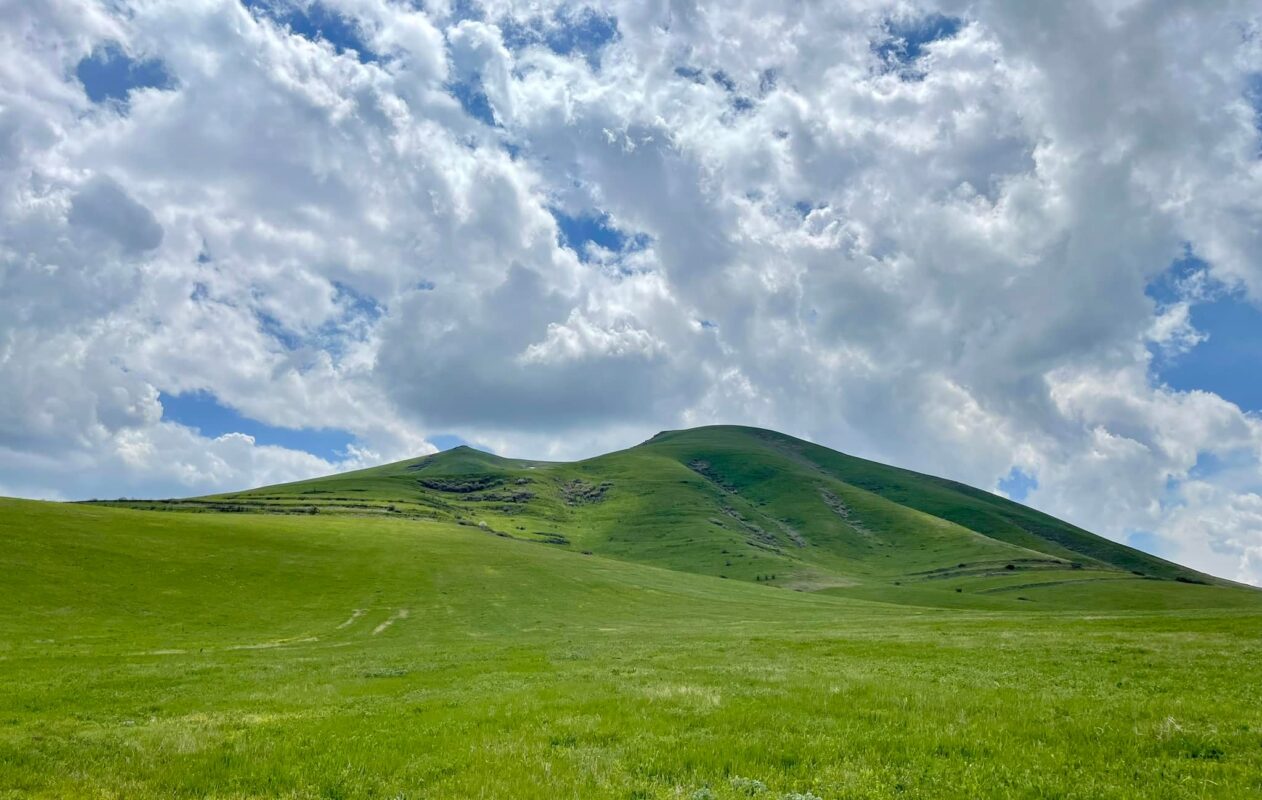Latest Listings
Related Listings
Close To You
Ptghni Monastery

Monastery
1300 m
Cultural
Easy
VISITOR INFORMATION
Coordinates: 40°15'24" N, 44°35'06" E
Access: Located in the center of Ptghni village, surrounded by residential buildings.
Era: Early Medieval
OVERVIEW
The Ptghni Monastery (also known as Ptghnavank), located in the picturesque Ptghni village in the Kotayk region of Armenia, is a remarkable testament to early medieval Armenian architecture. Despite its partially ruined state, the monastery's intricate designs and historical significance make it a must-visit for history enthusiasts and architecture lovers alike.
The Ptghni Monastery dates back to the early medieval period and is considered one of the finest examples of Armenian architecture. Built on the site of an older church, remnants of the ancient structure can still be observed, such as the toothed cornice integrated into the altar wall and reused stones on the southern facade, dating back to the 5th and 6th centuries.
ARCHITECTURAL FEATURES
- Layout: The monastery has a rectangular hall measuring 15.7 x 30.4 meters, with a prayer hall of 10.3 x 23.8 meters, stretching from east to west. The structure includes two pairs of massive masonry elements protruding from the longitudinal walls.
- Materials: Constructed from reddish and ash-purple tuff, the temple showcases the skilled craftsmanship of its builders, with marks of the artisans still visible on the stones.
- Dome and Vaults: The transition to the dome was achieved using trompes, while the eastern wall features triangular niches. The upper tabernacle is semicircular, adding to the grandeur of the structure.
- Decorations: The monastery is renowned for its rich sculptural decorations, including vegetative and geometric ornaments, cruciform sculptures, and depictions of birds and jugs. Notable carvings include:
- Lion and Palm Tree: A red tufa slab near the southern entrance depicts a lion under a palm tree, with two rams at its feet․
- Ascension of Christ: This scene is carved on the arch of the south window, alongside battle scenes between a man and an animal.
- Grapevine: An incomplete image of a grapevine, carved upside down, adds to the temple's intricate details.
PRESERVATION AND CONSERVATION
The exact period of the temple's destruction is unknown. By the second half of the 19th century, only the eastern and northern walls were standing. Conservation efforts began in 1939-1940, with significant work done in 1959 to remove dilapidated structures and improve the monument's surroundings. Further enhancements were made in 1978.
LOCAL LEGEND AND CULTURAL CONTEXT
The name "Ptghni," meaning "full of fruit" in Armenian, reflects the village's historical abundance of fruit trees, including grapes, pears, and apples. This connection to nature is also immortalized in the monastery's carvings, showcasing the rich cultural heritage of the region.
Facilities
Nearby
This ancient Greco-Roman colonnaded temple, built in the 1st century AD, is one of the most iconic historical sites in Armenia. It is dedicated to the sun god Mihr and stands as a testament to Armenia’s rich cultural heritage.
A UNESCO World Heritage Site, this remarkable monastery is partly carved out of the mountain and features stunning rock-cut architecture and beautiful khachkars (cross-stones). It dates back to the 4th century and is renowned for its unique and intricate design.
Khor Virap is an iconic pilgrimage site with stunning views of Mount Ararat. The monastery is famous for being the place where Saint Gregory the Illuminator was imprisoned for 13 years before converting King Tiridates III to Christianity, leading to Armenia becoming the first officially Christian nation in 301 AD.
Hovhannavank is a medieval Armenian monastery located near the village of Ohanavan. Built in the 4th century and dedicated to John the Baptist, the monastery features beautiful architecture and intricate carvings. It is situated on the edge of the Kasagh River Canyon, offering breathtaking views.
A popular resort town known for its ski slopes, cable cars, and Tsaghkadzor Monastery. It is a year-round destination for both winter sports and summer recreation.








